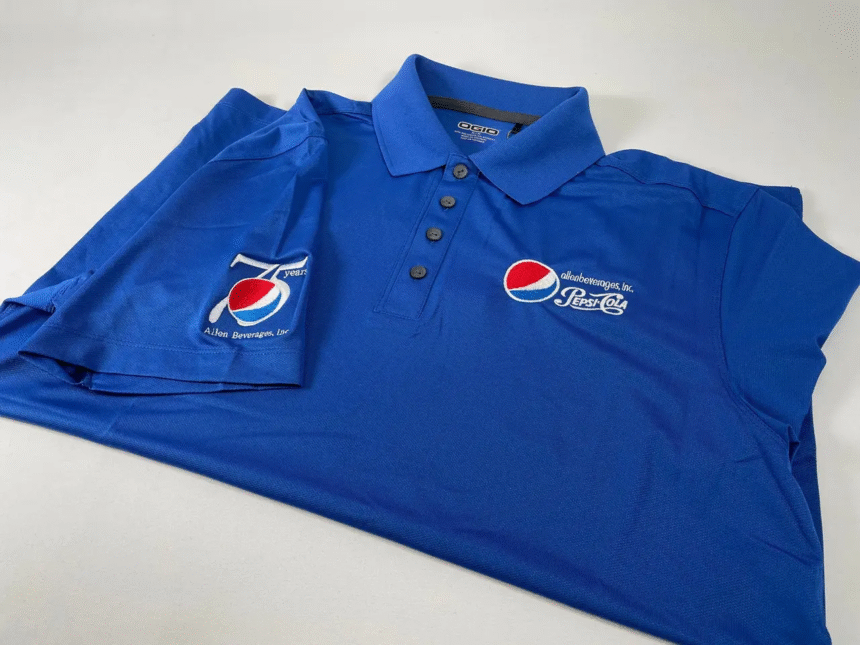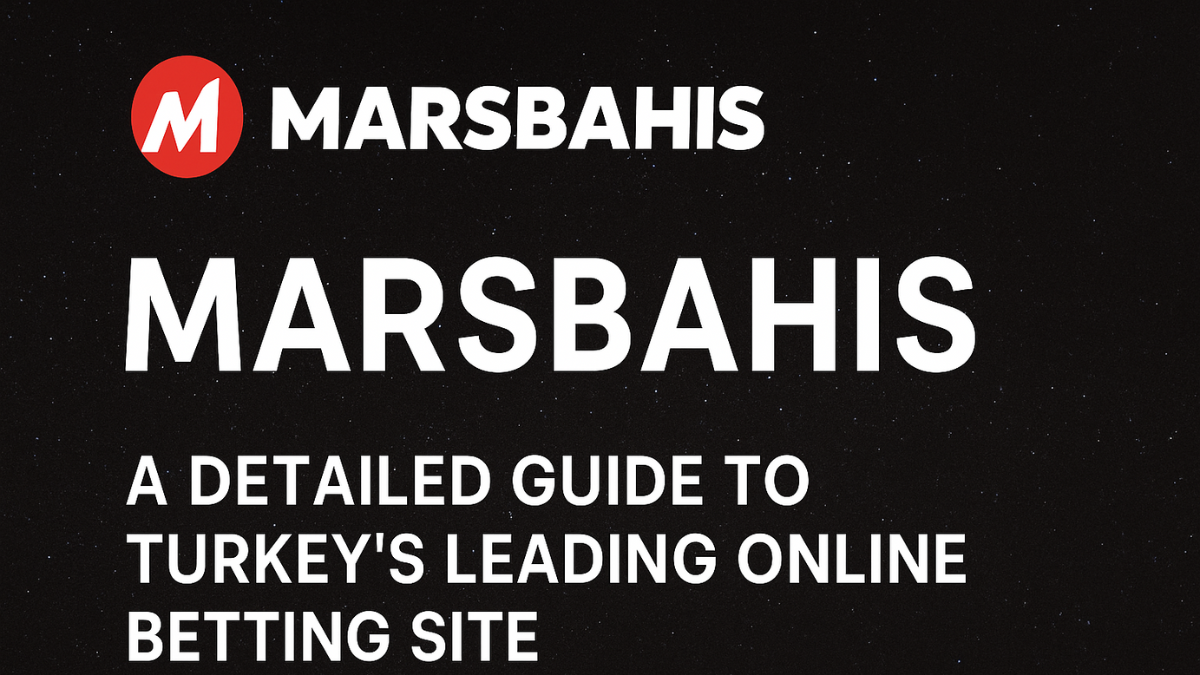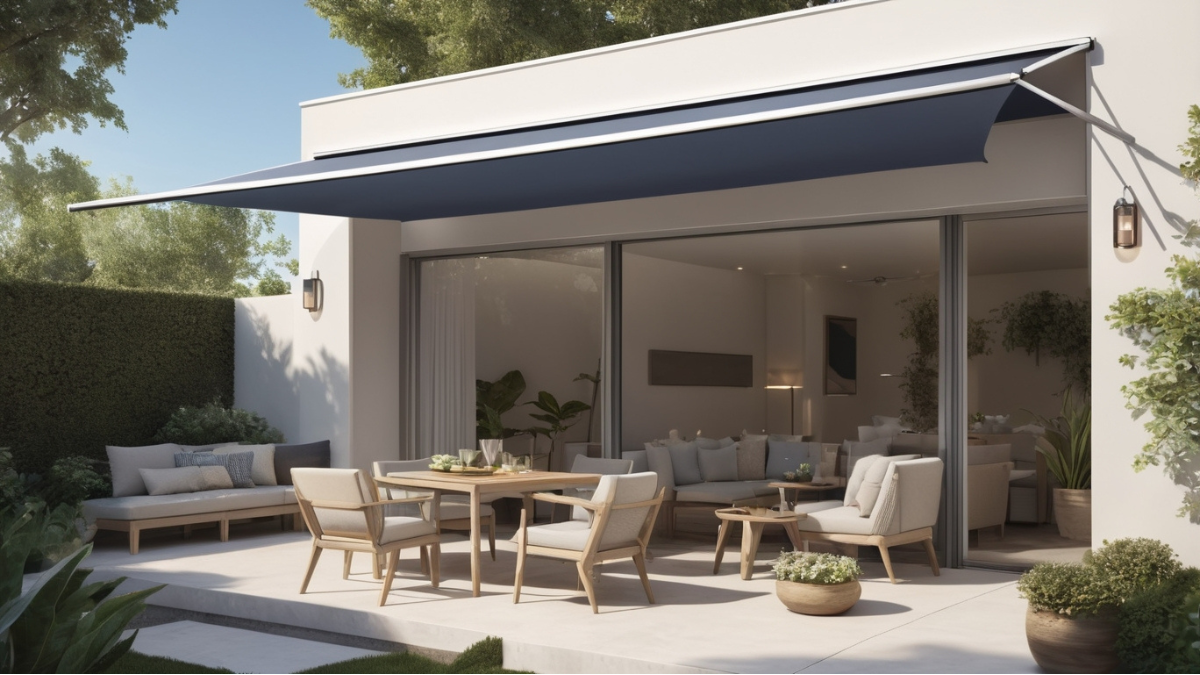In today’s content-rich world, creative visuals drive engagement. Integrating enhance your content with custom screen printed shirts into your multimedia content—social posts, live streams, videos, or blog photos—can elevate your brand storytelling and audience connection.
1. Visual Cohesion in Brand Content
Branded shirt designs can be worn across videos, podcasts, event signage, or photo series to create consistent brand visuals. When your logo, slogan, or campaign imagery appears regularly, it builds recognition and reinforces your brand’s visual identity.
2. Increasing Engagement through Branded Apparel
Consider giveaways tied to branded shirts: ask followers to share posts or tag friends in exchange for a custom tee. The physical product becomes part of user-generated content, generating organic social shares and greater visibility—especially when winners post their wear. Apparel giveaways have proven engagement value and are cost-effective when produced via screen printing.
3. Durable Visibility Over Time
Since screen printing yields high-durability shirts, they live beyond a single campaign. Every time someone wears the shirt, your campaign or message resurfaces—making your content reinforcements more evergreen.
4. Storytelling Tool & Lifestyle Connection
Custom shirts can align with campaign themes or mission messaging. For example, eco-friendly brands might design shirts printed with a sustainability slogan—made with water-based inks and recycled materials—to visually communicate values. This alignment enhances storytelling and authenticity.
5. Real‑World Use Examples
- Event photos and livestreams: Have content hosts or volunteers wear branded tees; it makes branding organic and constant across visuals.
- Tutorials and unboxing videos: Present on-screen products or merch in branded apparel to reinforce identity.
- Team behind-the-scenes content: Showing your team working or filming while wearing brand shirts adds cohesion and recognition.
6. Design & Production Workflow
- Plan design for screens: Keep designs simple, using spot colors where possible for crisp results and consistent color matching. Adobe Illustrator or Photoshop files are preferred; consult your printer about their format requirement.
- Design mockups: Use photo templates or YouTube video tutorials to visualize how your design will appear on shirts and in content environments.
- Order sample runs: Test fit, color, and print quality before larger orders. Share samples on camera to show what viewers can expect.
7. Implementing with Adobe Express
You can use Adobe Express to create the shirt design before ordering printed versions. It offers branded templates, logo uploading, color pickers, custom fonts, and mockup previews. You can download the design as PNG or PDF and then share with your screen printer.
With the US or UK version of Adobe Express, printing and delivery can even be ordered directly through the tool, although shipping is currently limited to those regions.
8. Content Strategy Integration
- Launch campaign: Design shirts tied to a new book, product, or cause and offer them as social media bonuses.
- Behind‑the‑scenes use: Show your team wearing branded shirts in stories or vlogs.
- Hashtag & share: Encourage recipients to post using a campaign hashtag.
- Collaborations: Partner with influencers by mailing them branded shirts, asking them to wear them in content.
9. Measuring Impact
Track increase in engagement, shares, and impressions following shirt-related content. If shirts are giveaways or promotional items, measure referral traffic or conversions associated with those posts.
Conclusion
Integrating custom screen printed shirts into your brand’s visual content strategy is a low-cost, high-impact approach to creating cohesion, boosting visibility, and increasing engagement. When designed with purpose and rolled out thoughtfully—especially via tools like Adobe Express and reliable screen printing—you turn apparel into powerful storytelling fuel.
- Fintechzoom.com Nikkei 225: Complete Guide to Japan’s Leading Stock Market Index
- Tractor Supply Sales Associate Job Description: Roles, Skills, and Career Growth
- Delta Flight DL275 Diverted to LAX: Full Story, Cause, and Passenger Impact
- Understanding content://cz.mobilesoft.appblock.fileprovider/cache/blank.html: The Complete Guide
- TechPondRK.in: A Complete Guide to the Popular Tech and Entertainment Platform







